
Candida Martinelli's Italophile Site

Main
Page This family-friendly site celebrates Italian culture for the enjoyment of children and
adults. Site-Overview
Milan is the advertising capital of Italy, responsible for some of
the most beautiful graphic art designs in advertising. Not a bad collection of associations! Free Fodor's online guide to
Milan. Two guides for Milan and her surroundings from
Amazon.com.
Italy's wealthiest city, is also in the top five in
Europe. It's fast moving, well connected with a subway
system and other mass-transit, densely populated (1.3+ million),
economically energetic, and outward looking. Milan is also: But above all, Milan is a confident city. Some,
especially non-Milanese Italians, would say it's an arrogant city,
that prefers to identify with Europe to her north, rather
than Europe to her south. I find that generally the insecure view the confident as
arrogant. And many poorer cities in Italy feel insecure when
confronted with Milan's wealth and un-Mediterranean industriousness.
I've never found the Milanese to be arrogant, only a bit
condescending and even embarrassed when talking about the rest
of Italy because it's not as modern as Milan. The fashion industry centered in Milan, is world-class, up
there with New York and Paris in importance to the world-wide fashion industry. Via Monte Napoleone is where the top fashion houses have
flagship stores. And many of their design studios can be found
in the Fashion District (Quadrilatero della Moda): This is a new book in a new series of books that offers a classy
look at classy things in classy cities around the world. These are some of the Italian fashion houses based in Milan with
links to their creative websites (visit my
Fashion page for more on
Italian fashion).: There are over 2 dozen churches in Milan, but the heart of Milan
will always be the cathedral square, the Piazza del Duomo, dominated
by the magnificent gothic cathedral.
I was lucky to view it one winter surrounded by a fresh
snowfall. The white snow set off the grey stone from the
grey cement surrounding it, so it looked as if the magical
structure had emerged from the white blanket of snow fully
formed. The snow also dampened the usual noise in the square
so the resulting hush only added to the magic of the moment. The cathedral was built mainly during the 14 and 1500s,
but the facade was completed only the in the early 1800s. It's
the second tallest, and third biggest Catholic church in the
world.
Interior of Milan's Cathedral looking to the
nave.
This is the cathedral and square from space,
courtesy of Google Earth. Just to show you how much it's
considered the center of Milan, when you enter 'Milan, Italy' into
Google Earth, it zooms in on the cathedral! Next to the cathedral square is the Vittorio
Emanuele Gallery. It is shaped like a church, as you can
see in this image from space, courtesy of Google Earth.
Built in the 1860-70s, it provides covered shopping,
dining, coffee-drinking and people watching in an atmosphere of
elegance. It's always used as a setting for any film shot
in Milan. The glass dome in the center lets it light, but keeps out the
variable northern Italian climate. This is what all
shopping malls should be like. You'll find bookstores,
cafes, restaurants, high fashion boutiques, and even a hotel linked
to the Galleria (deep pockets needed to stay there!).
Vittorio Emanuele There are restaurants in the Galleria, but here's a
book that can help you sample some of the other, many, restaurants in
Milan. And a book to guide you to other wonderfully designed
buildings in this surprising city.
Walk through the Galleria from the cathedral side to
the northern entrance, and you arrive at Piazza la Scala, and the
Teatro alla Scala. The
Teatro alla Scala Opera House was
built in 1778 to replace the previous opera house that burned down
(common in the days before electric lighting). It's north of
the main cathedral square, just behind the Galleria Vittorio
Emanuele, in Piazza la Scala, named for the La Scala church that
used to stand there.
I love this evocative shot of the theatre from the window of a
neighbor on the square. The theatre has a wonderful
website in Italian and English that includes among other
things, a detailed cross-section of the theatre complex. This
is only the part showing the theatre itself.
This old image of the interior of the theatre shows the
horseshoe shape, but the modern interior is all red and gold,
recently renovated. They also renovated the stage, and
backstage areas, which was greatly needed to allow for the modern
electronic set designs that need to be stored above and below,
automatically. The theatre's website offers a short history of the theatre's
repertoire if you're interested. I'll just say that in the
days before television, La Scala's openings were a European event,
besides being a citywide event. From the earliest opera-buffa performances to the lovely lyrical
performances, the art that graced the stage of La Scala,
influenced and entertained since it's beginning.
Giuseppe Verdi, Italy's most revered and famous opera
composer, for his musical genius, popular arias and nationalistic
spirit, lived for much of his professional life in Milan, and opened
many of his operas at La Scala. He was given an adopted
native-son funeral procession on his death in Milan in 1901. And to honor him during his dying days that January, the
city covered the street before his house with straw to mask the
noise of the carriages and horses traversing the cobblestone street.
The great artist who'd filled so many lives with music, was allowed
to die in peace and quiet.
The imposing Castello Sforzesco in Milan, is named for the man
who developed the structure, the mercenary leader and Prince
Francesco Sforza. Successive Sforza heads of Milan and her territories throughout
the Italian Renaissance, built up the castle and her gardens.
Ludovico Sforza, Prince during the late 1400s, is mainly know
today as a patron of Leonardo da Vinci. And in the
museum housed in the castle, is one of Da Vinci's famous
notebooks. The Sforza property was huge and surrounded by a protective wall,
the outlines of which are clearly visible from space, courtesy of
Google Earth.
Just about every tourist to Milan makes a pilgrimage to the small
church of Santa Maria delle Grazie that houses the mural Leonardo Da
Vinci painted by order of his patron, Ludovico Sforza: Il
Cenacolo or The Last Supper, depicting Jesus's last supper
with his disciples. Because of Da Vinci's experimentation with various methods of
making mural and fresco painting look more like oil paintings on
gesso, The Last Supper is in a very poor state of repair.
If you are in Milan, take the opportunity to visit it, as you may
not have the chance in years to come. I know people might be tired of novel having to do
with Da Vinci...but this is one having to do with Il Cenacolo and Da
Vinci specifically, and if said to be very entertaining. A
nice travel companion for your trip to Milan. And a book about
the few of Da Vinci's many notebooks that remain today, just
for fun.

Milan -
Milano: images, La Scala, the Cathedral, on line guide...
![]()
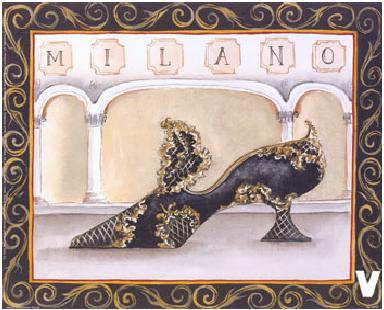
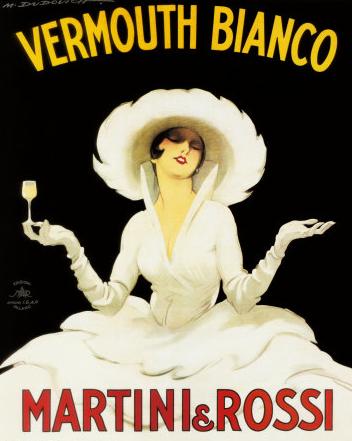
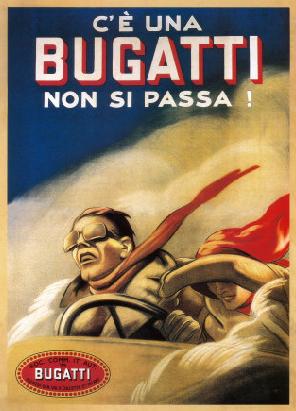
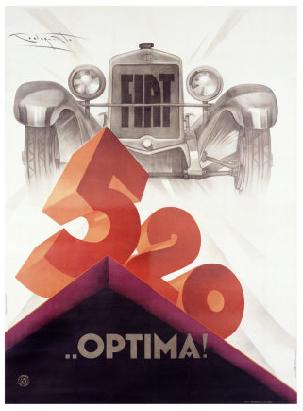
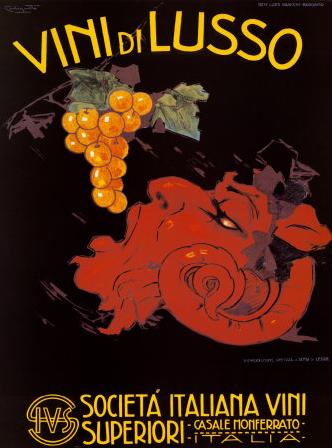
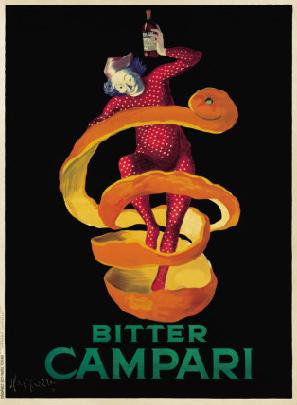
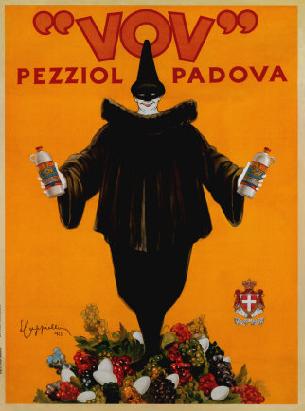

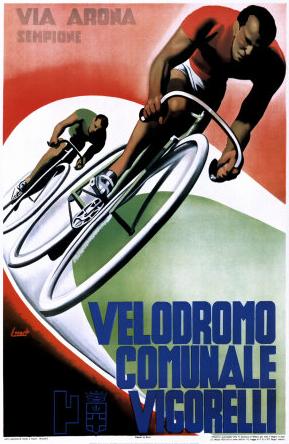
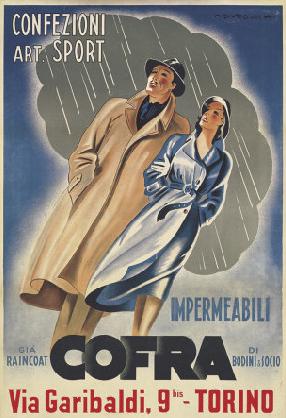
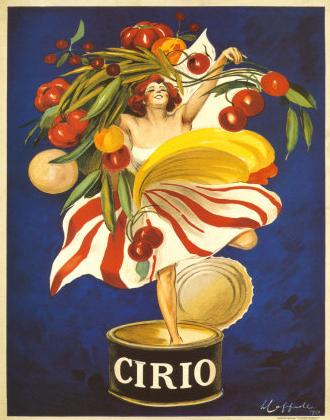

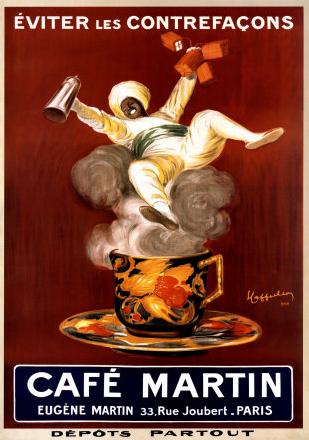
Milan, for many, brings to mind:
Industry
Fashion
The Cathedral
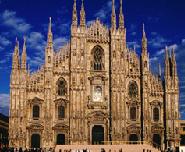
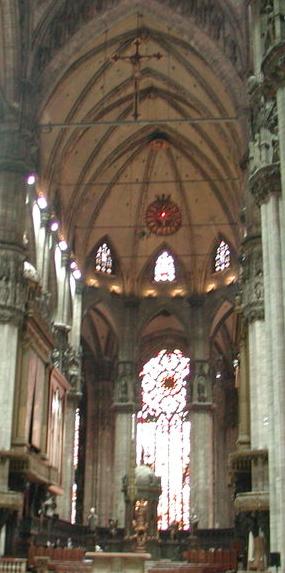
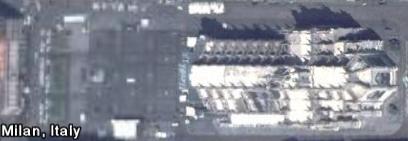
La Galleria Vittorio
Emanuele
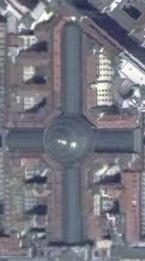
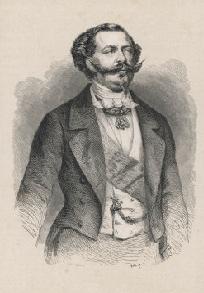
Teatro
alla Scala Opera House
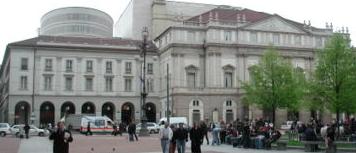
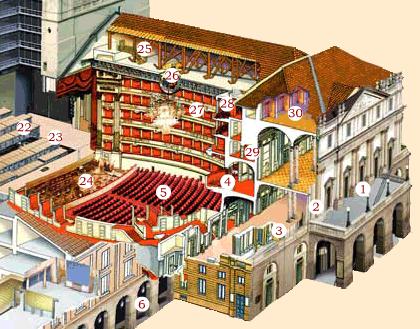

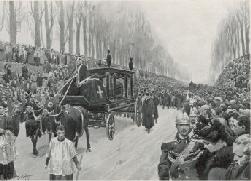
Castello Sforzesco

Da Vinci's Last Supper
